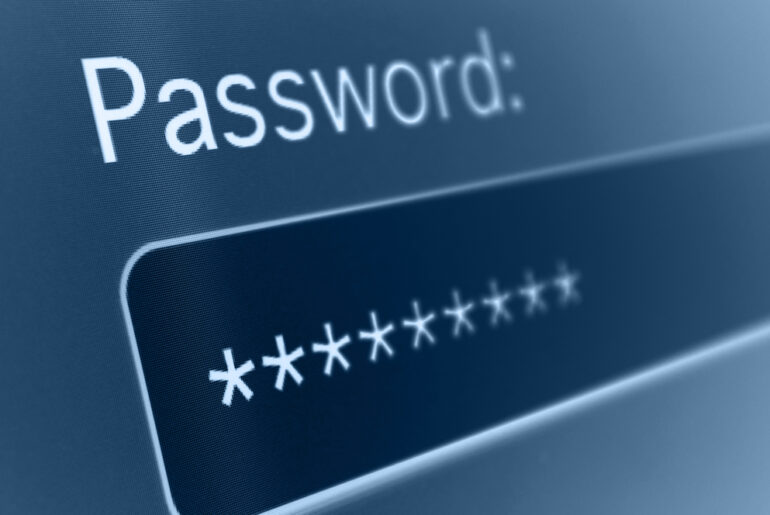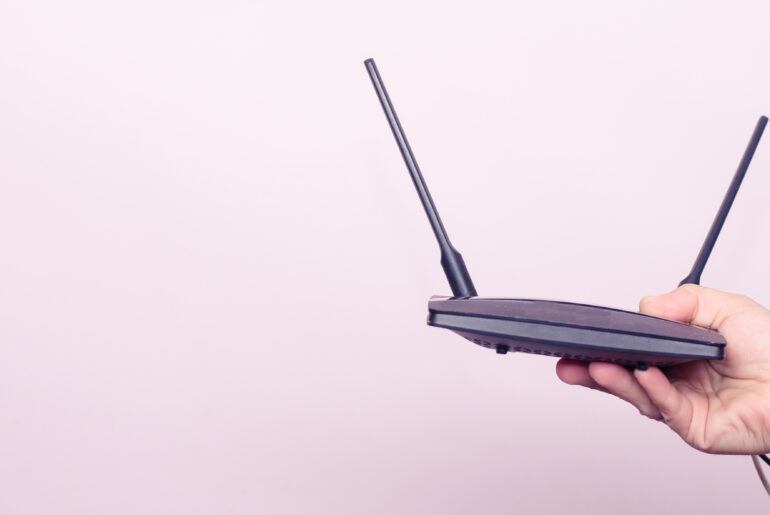As you get more involved in online security, you’re bound to run into terms like “UDP” and “TCP.” VPN services frequently provide you the option to use either of these, but very little guidance on what they actually are. Fortunately, we’re here to help.
Not only will we explain the difference, we’ll tell you which is better for you!
What are TCP and UDP?
Before we even get into how to use UDP or TCP with your VPN, let’s take a moment to understand what they are.
Whenever you transfer data over the Internet, whether it’s playing a game or sending an email, it’s done in smaller pieces called “packets.” Each packet not only has a piece of data, it also has unique identifiers to say what larger information it belongs to and where it’s supposed to go related to the other packets.
But how should your computer send those packets? What order? How do you make sure they all get there?
That’s where we get network protocols like TCP (Transmission Control Protocol) and UDP (User Datagram Protocol).

TCP
If you’re using TCP, you’re telling your computer that you want to send one data packet at a time, in order, and wait for the other computer to confirm it got each before sending another. Should your computer get no confirmation, it sends the last packet again until it does. If it doesn’t receive that confirmation after enough tries, it gives up and tells you the connection was lost.
This is considered the more secure of the two. It confirms everything along the way and works better with firewalls, but as a result, it’s slower.
UDP
UDP, on the other hand, doesn’t worry about sending packets in the right order or waiting for confirmation of receipt. It just sends everything in a stream with a “checksum” (a file used to make sure the data is error-free) and lets the other computer work it out.
While there’s a higher chance of losing packets with a UDP transfer, it’s also much quicker and better for tasks that require speed.

UDP and TCP VPN Usage
Pretty simple, right? Now, let’s look at how UDP and TCP VPN settings are used.
Many virtual private networks, including PrivadoVPN, use a VPN protocol called “OpenVPN.” In the same way that the network protocol tells the computers how to transfer data, a VPN protocol tells them how to secure that data, often using technology like TCP and UDP to then pass it to its destination. In fact, OpenVPN does just that, and most providers let you choose which you want to use.
You might be tempted to use TCP on your VPN exclusively because it’s safer. But there are times when UDP’s speed is better for you. For example, while you’re playing an online game. Even if you lose a packet or two, you probably won’t notice, but reduced server lag will come in handy. The same goes for using VoIP phone connections.
On the other hand, if you’re transferring large, important files, waiting on important emails, or just browsing web pages, then TCP is better suited to you.

Is Privado a TCP VPN or a UDP VPN?
Both. At PrivadoVPN we give you access to several VPN protocols, including OpenVPN, that you can access in your app’s settings. If you decide to use OpenVPN, you can pick whether you want to use TCP or UDP for your connection, and you can switch to the other instantly for different tasks.
In fact, we encourage you to try out all the available protocols in the PrivadoVPN app. Find out which ones work best with your online activity. Whether it’s IKEv2 or OpenVPN using UDP or TCP. VPN service shouldn’t hinder your performance, it should keep you safer online.
Download PrivadoVPN
Protect your privacy with a world-class VPN. Sign up for premium access to PrivadoVPN and get unlimited monthly data, access to 300+ servers from around the world, and up to 10 simultaneous connections. Get a top-rated VPN that can secure your privacy at home, at work, or on the go.
Sign up for PrivadoVPN today!




